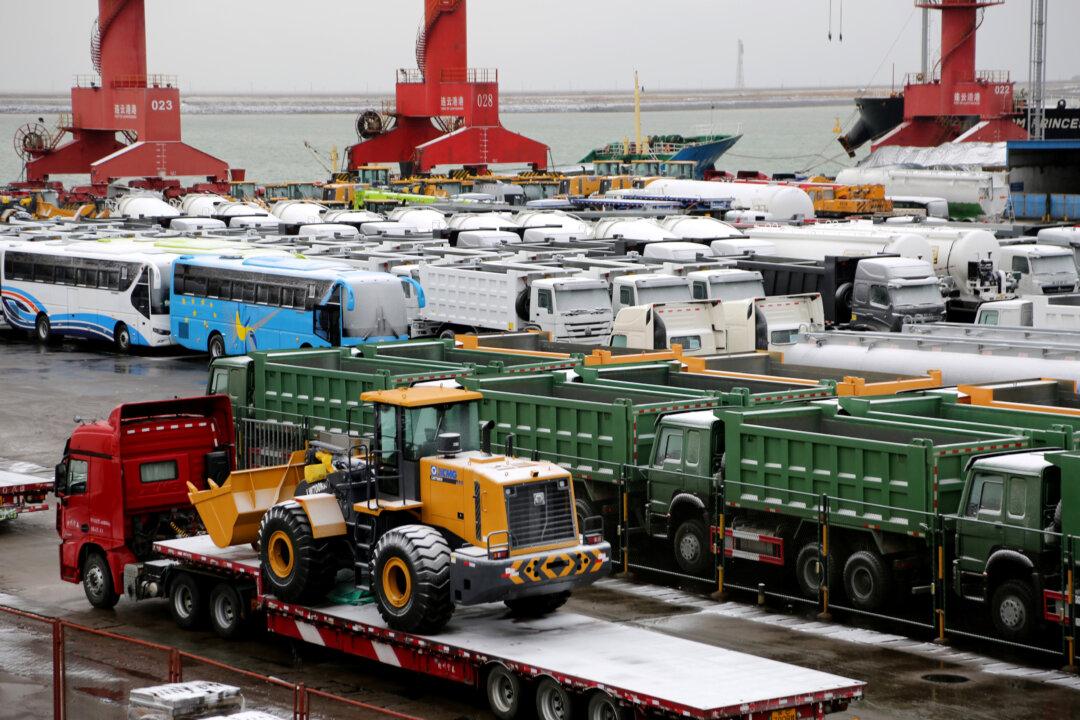BEIJING—Activity in China’s vast manufacturing sector shrank for the second straight month in January, pointing to further strains on the economy that could heighten risks to global growth.
Anxiety about cooling demand in China is rippling through the world’s financial markets and weighing on its trading partners after a string of sales warnings from heavy machinery producer Caterpillar to iPhone maker Apple.





